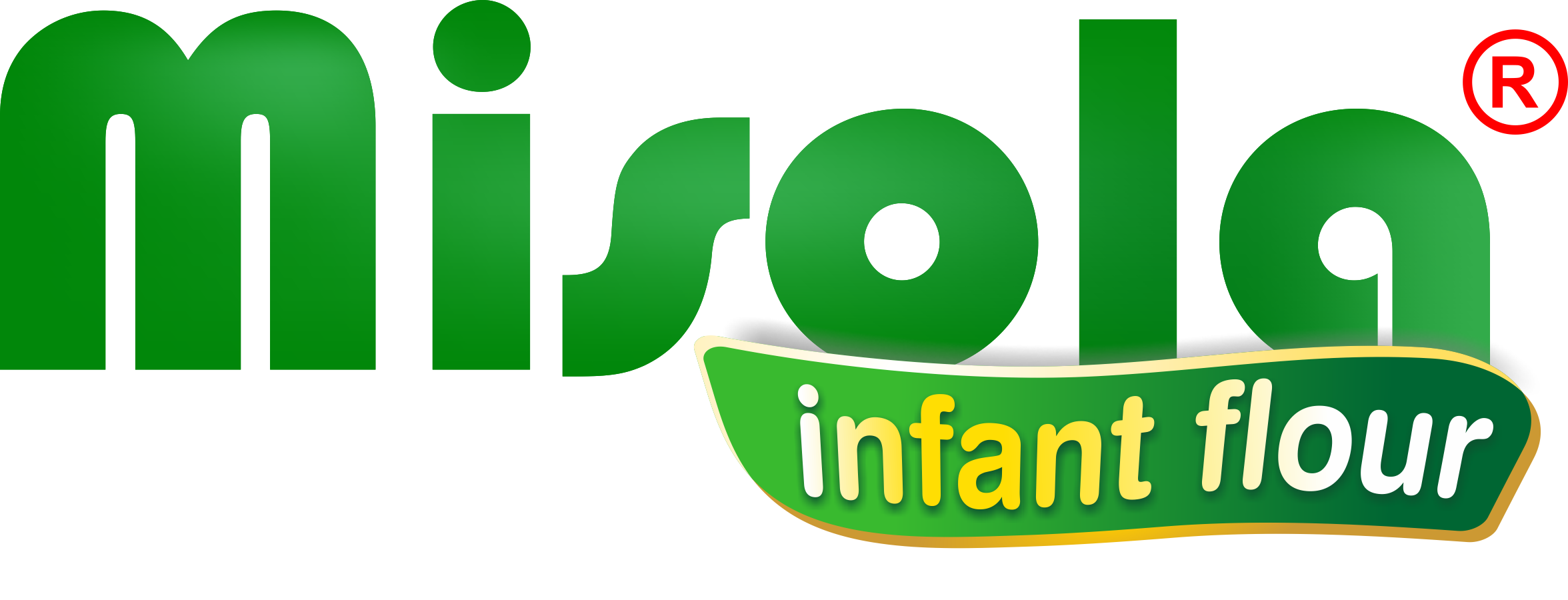History of Misola Project
The MISOLA project was born in 1973 following the experience of the Frères des Hommes medical team as part of a large health program located in Fada n’Gourma, Burkina Faso. This program then includes the management of a rural hospital of 200 beds, 40 dispensaries over a territory of 70,000 square kilometers, a maternal and child protection organization for the same territory. The Association Frères des Hommes and the Ministry of Health of Burkina, bound by a convention, are the prime contractors of this program.
In 1974, a nutrition center was created where the mothers of malnourished children attended a “training course” to better manage the feeding of their infants. In the educational talks it is emphasized that traditional porridges administered in addition to breastfeeding should be enriched to meet the nutritional needs of this age group. At the same time, sessions are organized in neighbourhoods to offer the same notions.
The main factor causing infant malnutrition is the lack of adequate breastfeeding supplementation from the age of 6 months, due to the lack of adequate food for weaning and a lack of breastfeeding knowledge in mothers.
Based on their findings, a team in charge of pediatrics in Fada (Burkina Faso) decided in 1982 to study the development of a flour made from local agricultural products using traditional methods that would have the advantage of being reproducible, to be independent of imports and to be able to also be used as a “recipe type” in educational talks.
After many trials, three basic staples are selected: millet (or maize), soybeans, and groundnuts, three local crops that are commonly used, which after processing and processing yield a digestible assimilable meal that meets standards recommended by the World Health Organization (WHO). In addition to breast milk, the formula millet, soy, peanut, becomes a possible local solution to a national problem. Misola became a high protein-energy food designed to prevent and treat malnutrition, which falls under the category of “cereal-based foods for infants and young children”.
In 1993, the project spread to Mali as part of a local health project initiated by the CFSI. The Public Safety Committee of Diafarabé thus sees the creation of the first Artisanal Production Unit (UPA) in Mali.
The Misola France association was founded in 1995. The project continues to expand. In 1999, the federation of Burkina Faso (ABUM) was created as well as the Mali delegation. Subsequently, projects were launched in Chad, Senegal, Cameroon and Niger.
Throughout these years, the formula of the flour is constantly improved with the incorporation of CMV (mino-vitamin supplements) and amylase. In addition, the name MISOLA ® became a protected trademark, the recipe being free of rights.
Currently, the Misola network extends to Burkina Faso, Mali, Senegal, Niger, DRC, Benin and now Nigeria.
Composition of Misola Flour
Misola flour is made up of 60% millet, 20% soya and 10% groundnut. Vitamins, minerals and salts are added to help reduce the levels of protein-energy malnutrition and certain micronutrient deficiencies.
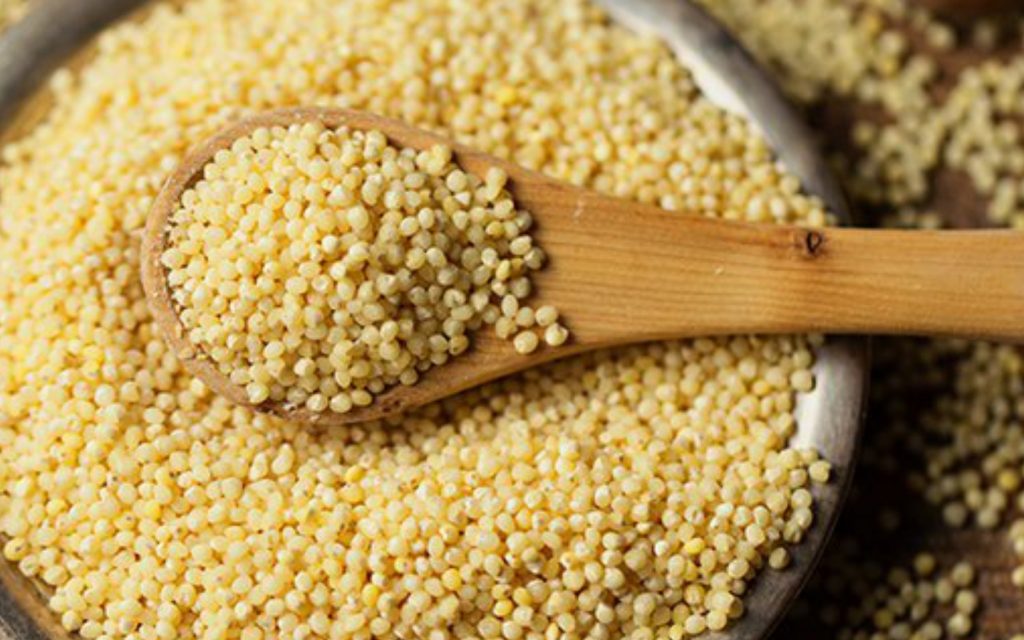
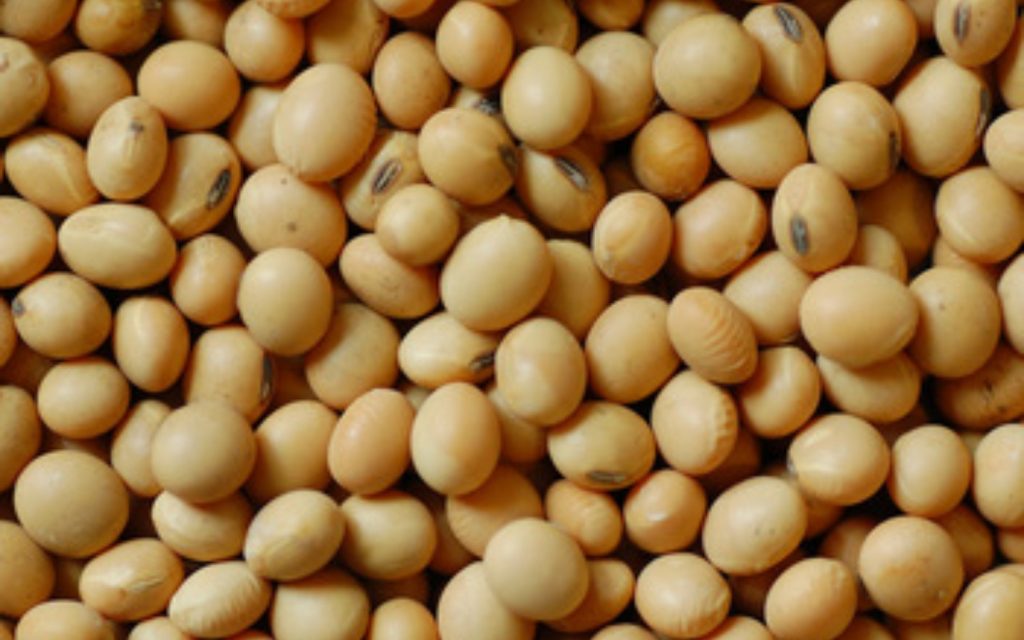

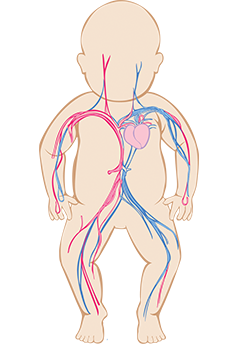
Treatment and prevention of Malnutrition, thereby leading to reduction in morbidity and mortality rates in infants/children.
Improvement of the quality of lives and nutritional status of children and pregnant/breastfeeding mothers
- Contribution to the country’s poverty eradication initiative set by governments
- Creation of Job employment growth in the country
- Empowerment of women via inclusion of mother’s in the workforce of Misola preparation
- Strengthening of the nation’s workforce and contribution to the nation’s GDP
- Stimulation of the agricultural sector in the country.
How to prepare
Misola Meal
The preparation of the Misola is carried out by boiling the Misola flour in water and slow mixed over low fire for 2–3 minutes. Thereafter allowing it to cool before consumption.
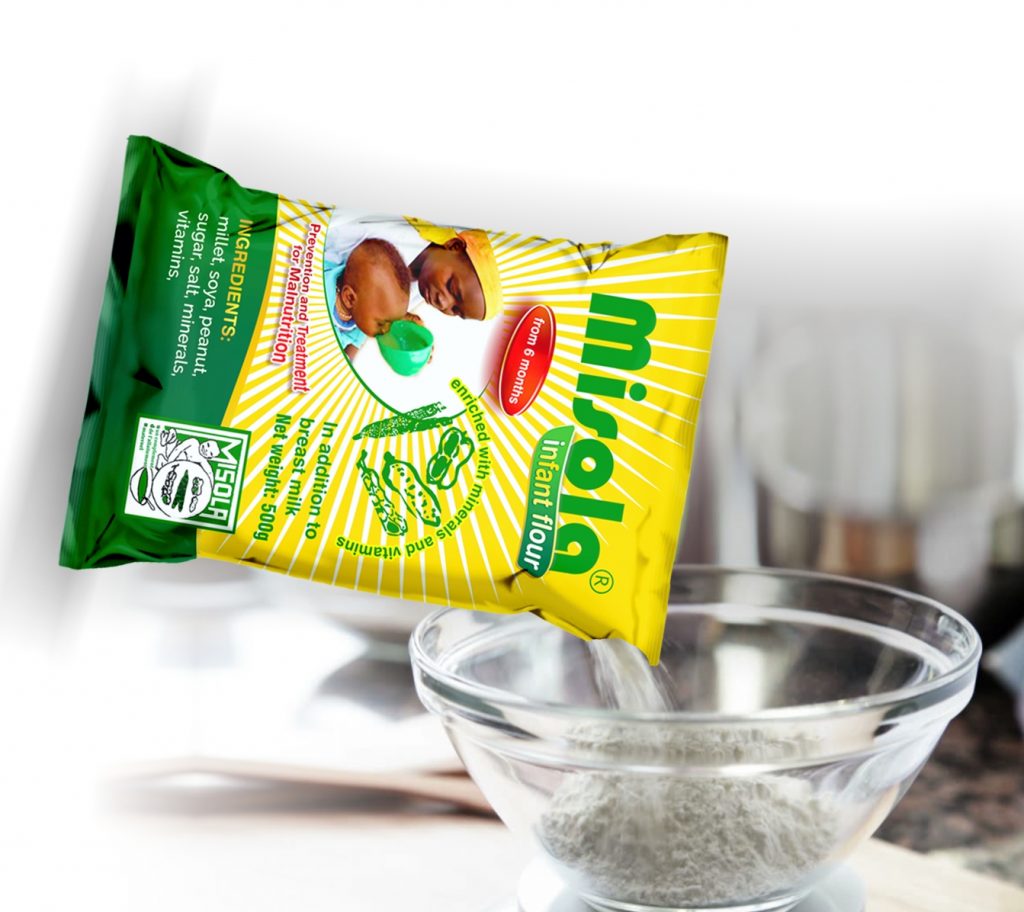
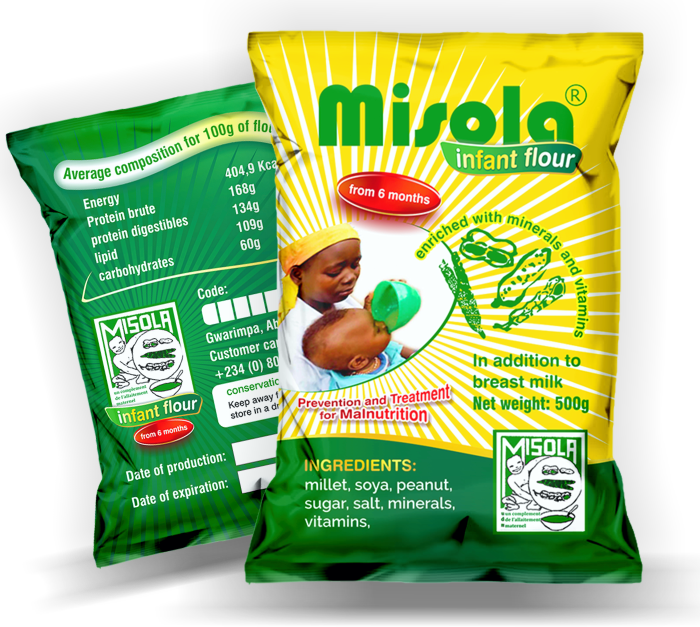
Distribution Channels
Non-Government Organizations such as
Action Aid, Save the Children, Red Cross
Federal Ministry of Health and its parastatals,
State Ministry of Health
Food chain retail stores
Community pharmacies
FAQ
- What is Misola?
- What is it used for?
- What is it made out of?
Millet is the basic ingredient for the enriched flour we produce
The flour is made up of 60 per cent millet, 20 per cent soya, and 10 per cent groundnuts. Vitamins and mineral salts are added to this to produce a balanced food which responds to known nutritional deficiencies. - Why this product?
- How to use it?
- Who can use it?
- What benefit?

Contact Us
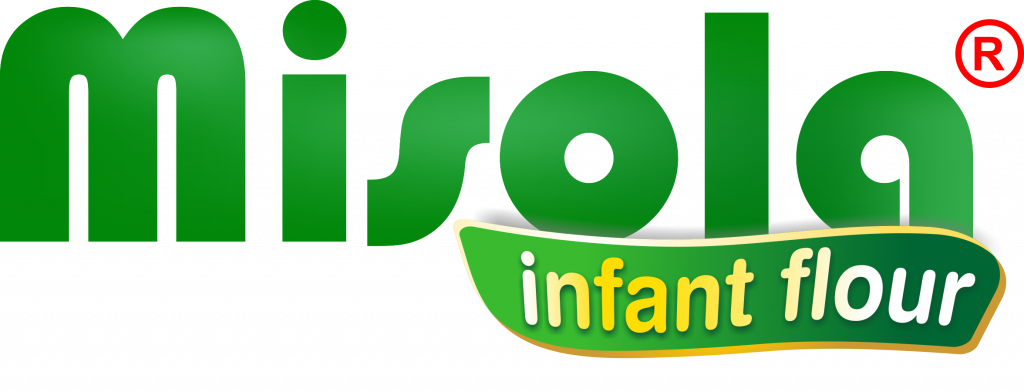
- Production facility: Gwarinpa, Abuja, Nigeria.
- +234 (0) 813 632 8826
- info@misolaflour.com, misola.nigeria@gmail.com
